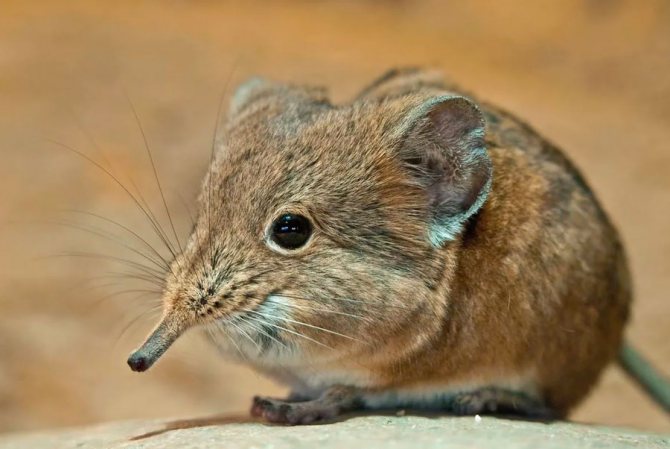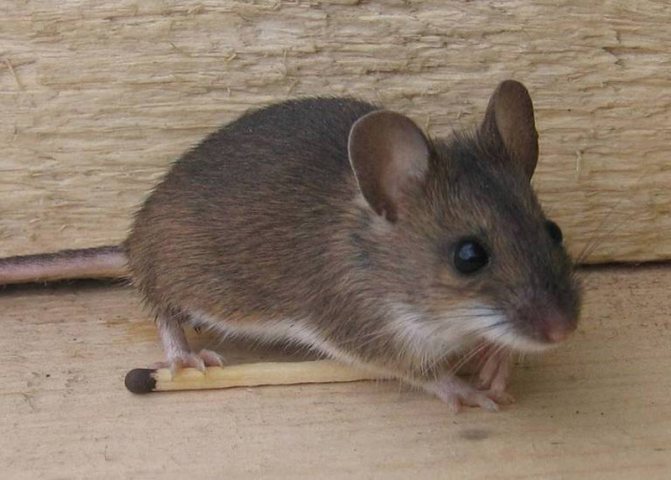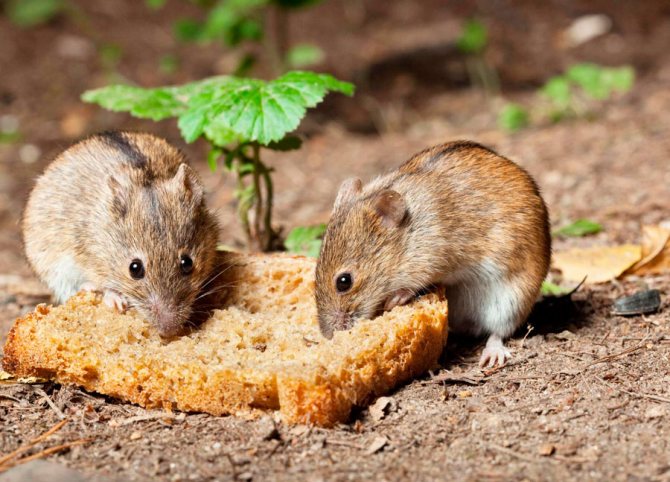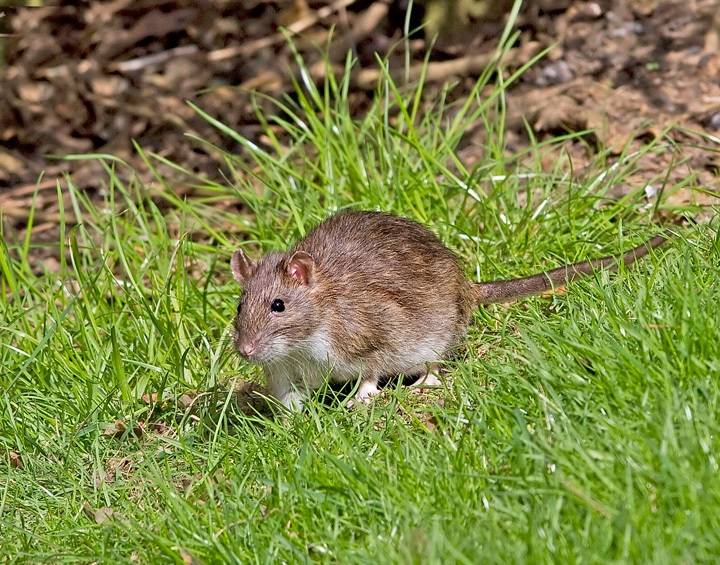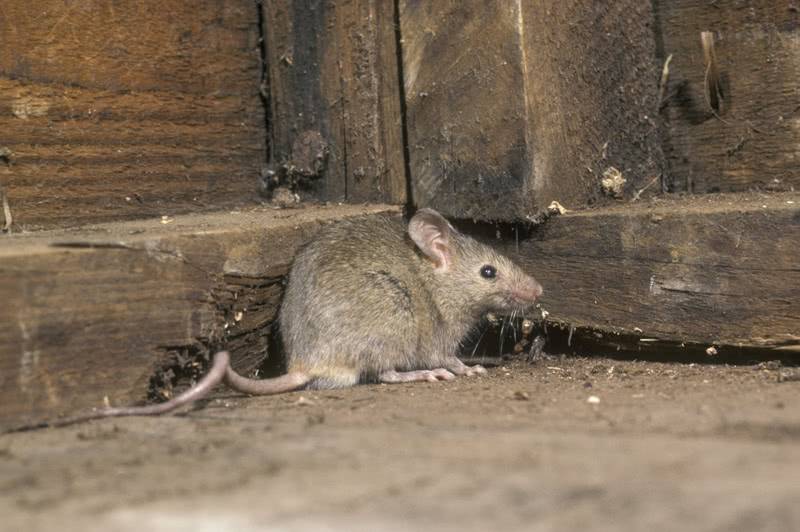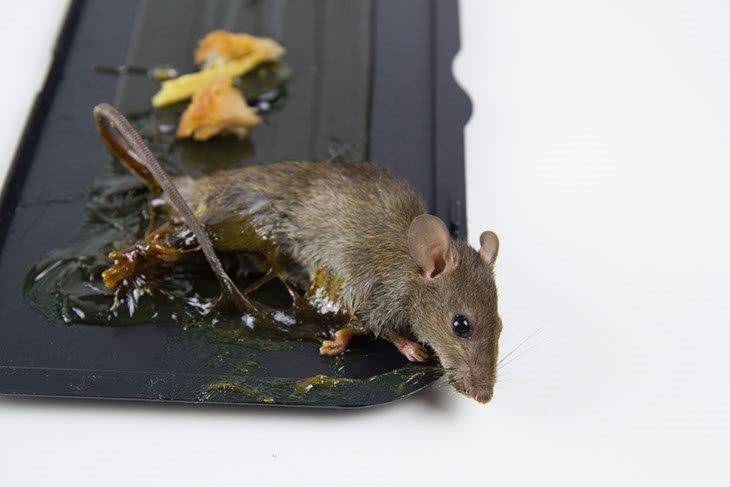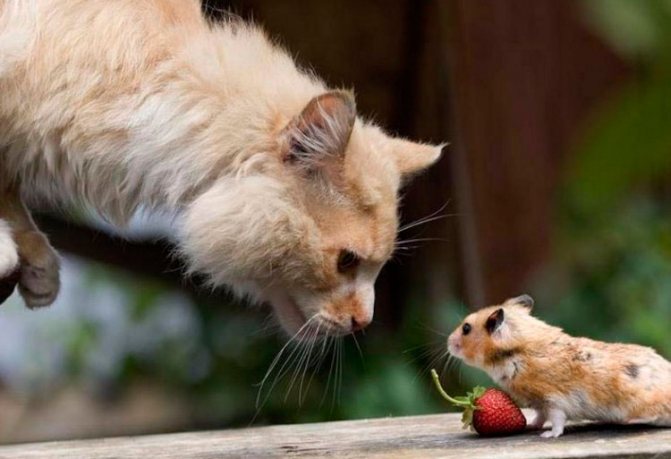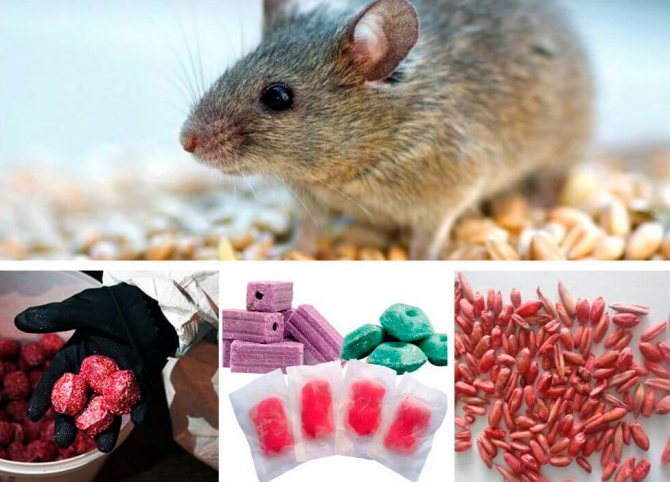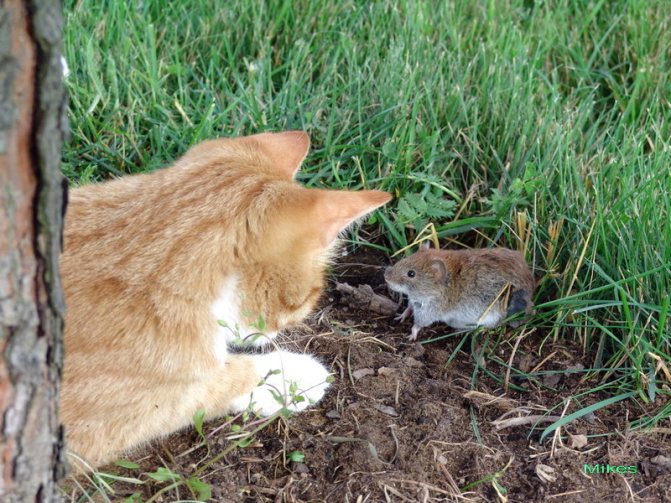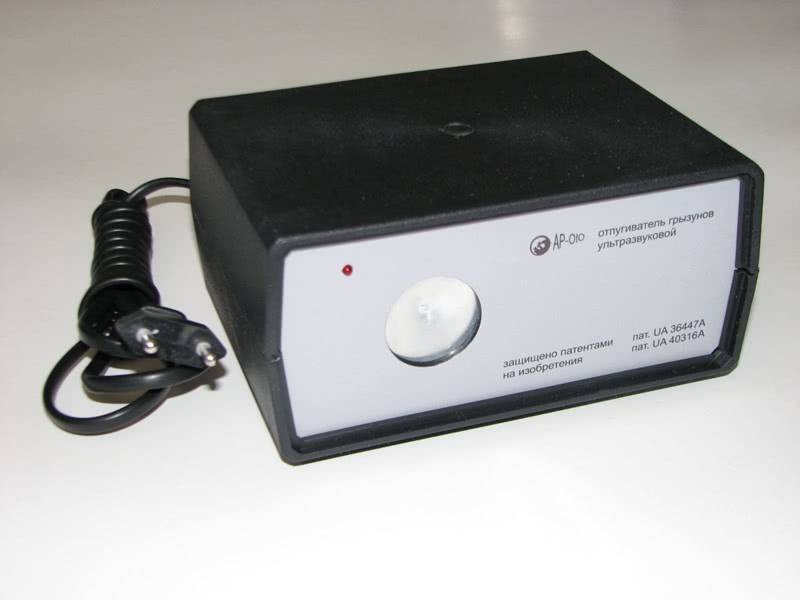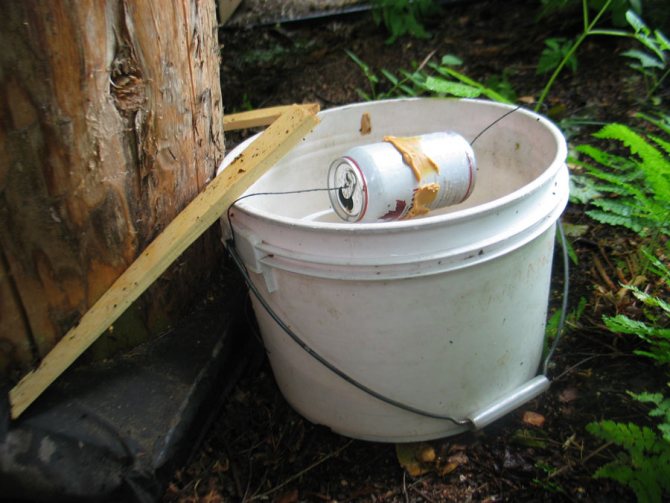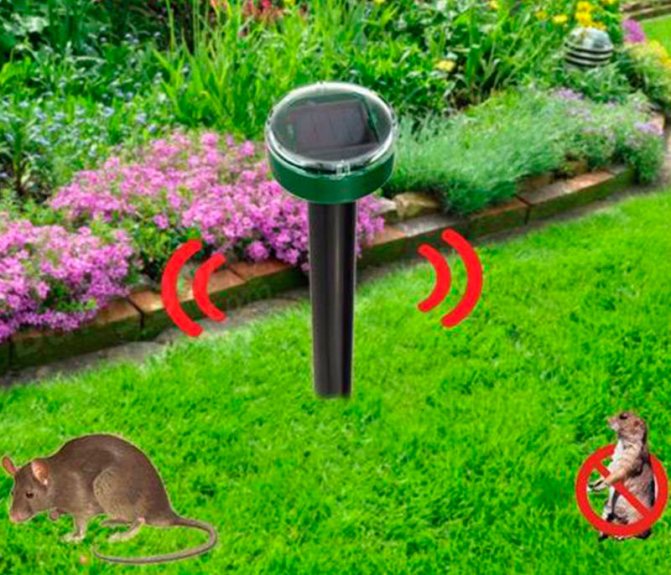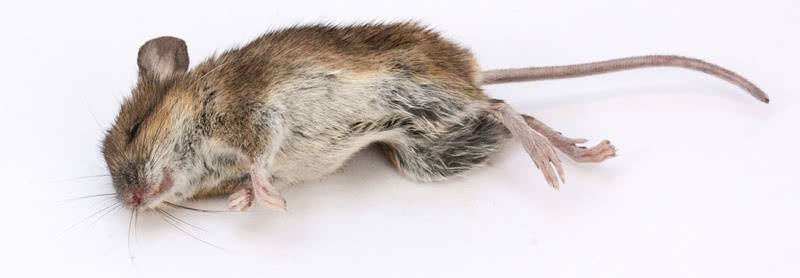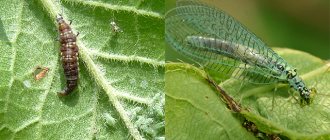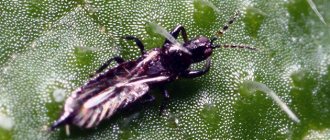Almost everyone who has a personal plot or summer cottage knows firsthand about the problems with rodents. If they settle in a vegetable garden or garden, they can damage various roots and fruits, and they can also get to those places where crops are stored in winter. They also gnaw the bark of trees, as well as the roots of various cultures. If they get into the house, they will carry your food too. Hares and moles are quite rare guests of a summer cottage or a personal plot, rats and mice settle on it much more often, which will be discussed below.
Appearance, nutritional features
First of all, let's draw the readers' attention to how earth rats look like. It is these animals that most often appear in the gardens and bring a lot of trouble. In some cases, when rodents colonize the site for a long time, they can pose a threat of enormous proportions. It is especially dangerous if the rats have young offspring, which also needs to be fed.
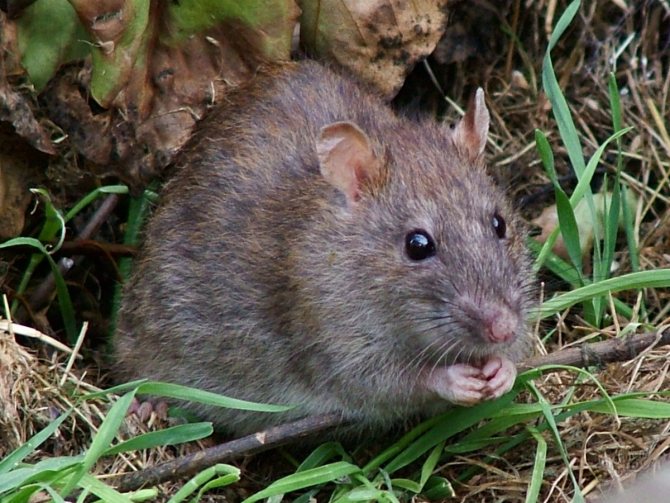
The ground rat (another name is the pasyuk) is one of the largest members of the family among the species of voles. Its coat is usually dark gray, sometimes brown, black with a white stripe along the back and light sides. On average, the mass of an adult can be about half a kilogram. In length, the earthen rat can reach 25 centimeters, where the tail will be at least a third of the total length. Outwardly, this animal is quite attractive, unlike many of its fellow tribesmen - a neat muzzle, soft hair. In general, it can resemble a house rat, which is kept like a pet, but only much larger.
These rodents are able to reproduce very quickly due to their excellent fertility. For a year, a female can give birth to up to five offspring, where in one litter there can be up to one and a half dozen cubs.
And young females are capable of procreation after 2 months. It is the large number of rats that causes the death of the crop.
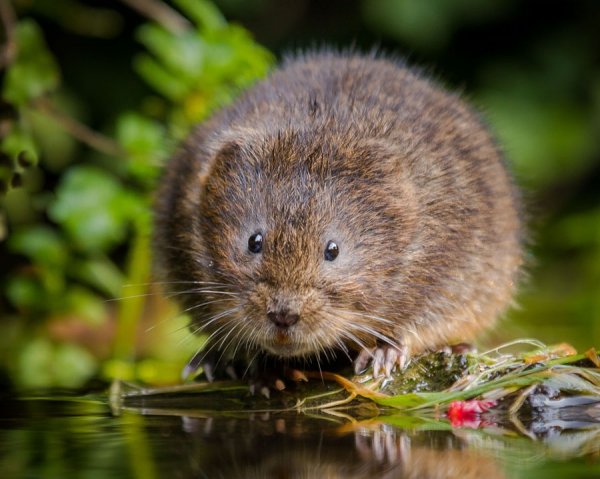

If rats start in the garden, then they begin to eat almost everything they find. These animals are omnivores, so they can eat not only insects, small field mice, frogs and other river animals, but also eat vegetation. The main problem of farmers is that rats begin to actively eat seeds, roots, green part of seedlings, bark of young fruit trees. Thus, the plants may not yet have time to properly set up at the beginning of the season, as they will be eaten by rodents.
For the winter, these rodents always leave supplies, since at this time it is extremely problematic to look for food in nature. That is why they try to settle for the winter near a person in order to constantly be able to find the owners' bins.
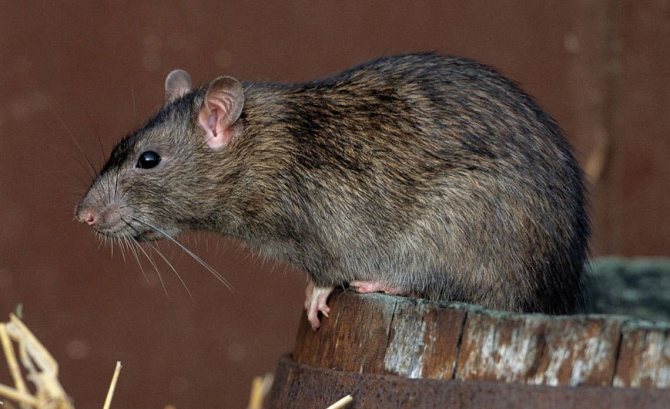

If you do not take any radical measures in time to destroy or expel from your garden, then in the fall there will be practically nothing to collect. In addition, with a large population of earthen rats, cats will not be able to cope with them.
To create their burrows and nests, rats choose places where it will be difficult to get to them. Burrow entrances can often be found under cover of fallen leaves, a bunch of branches, or any bulky trash that allows them to hide.In their burrows, they create separate rooms for laying with a reserve for the winter, a nest and a complexly branched system of passages through which rats are able to quickly move around the farmers' possessions. Also, in winter, you can find their accumulation in sheds.
Biological methods
The natural enemy of rodents is the cat. Animals are frightened off even by the smell of the animal itself. The cat works out its hunting instinct by chasing rodents. Do not mind to profit from fresh meat.
If even a kitten can handle mice, only an experienced cat can overcome a rat. A large rodent in a battle with a cat is able to win. Therefore, the cat does not always agree to catch rats, and sometimes it just flees.
To use "biological weapons" against pests in the house, you need to be confident in the ability of the cat. Choose not a purebred feline, but a semi-wild creature with pronounced natural instincts.
On a note!
The cat rarely associates with rats, does not particularly chase mice. Only a cat that is not inferior in size to large rodents can take rats out of the house.
Control methods
Fighting rats on site is always troublesome. Of course, you first need to find the places where pests accumulate in order to know in what conditions they live. After that, it will be easier for you to determine how best to deal with rodents.
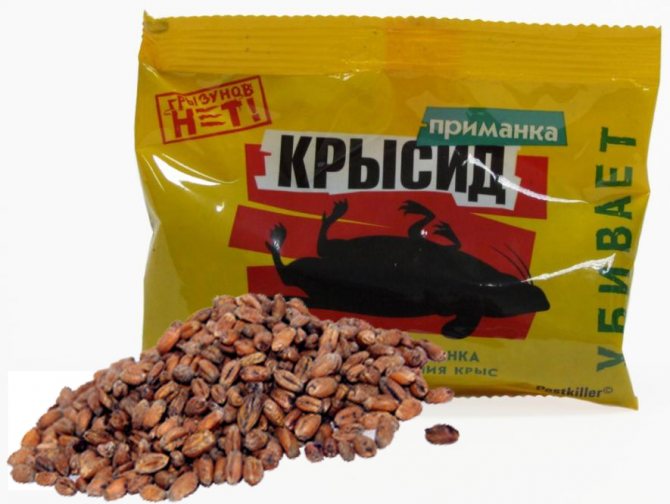

To rid your site of earth rats, you can use chemicals, mechanical devices, and biological control methods.
Biological
To date, the biological method of dealing with pasuk is effective if these pests have not yet multiplied enough on your land.
Once rodents have begun to appear near your crop, cats are free to hunt them. However, it should be borne in mind that only a good rat-catcher can cope with these animals, and now there are not so many such cats among the owners. Modern cats do not have a particular craving for hunting animals, since they are constantly fed, and there is no particular need for this. Therefore, getting them to catch rats weighing half a kilogram is not so easy. In addition, the Pasyuk can give a serious rebuff.


Dogs are even less useful in this respect. They are massive, and cannot crawl into small cracks to catch up with living creatures. Therefore, it is not difficult for rats and mice to hide from the dog. They, of course, can dig a hole near their nest, smelling the scent, but catching a pike will be an extremely difficult task.
At its core, the biological method of struggle is convenient because the owners do not need to do anything - everything will go on as usual. But this method is suitable for those who have good hunters. In some cases, cats may be cut back on food so that hunger helps to awaken their predatory instincts. It has also been observed that cats are more diligent in this regard. And from castrated cats, you can not expect anything at all.
Mechanical
The mechanical method of rodent control is more effective than the previous one. These include traps, mouse traps and special traps, which were made according to a variety of schemes.
Now you can find arc traps that burrow into the ground to a depth of 20 centimeters. They are always placed near rat holes and are not covered with soil.


There are also cylindrical traps, and the usual triggering mechanisms, which are often done by the owners with their own hands.
Modern technologies have also been introduced into the production of traps. An electric trap is capable of killing pests with a strong current charge upon contact with organic tissues that conduct the charge. Thus, by touching an energized element, the Pasyuk dies almost instantly.
Chemical
Chemical control has always involved using a wide variety of poisons and chemicals from rodents. At the moment, there is a very large selection of chemicals that have a targeted effect. There are so many of them that farmers simply “run wild” and do not know which choice to make. This method requires caution, as these are very hazardous substances.
You should always remember that pest bait scattered around the site can be eaten by pets that walk on the street.
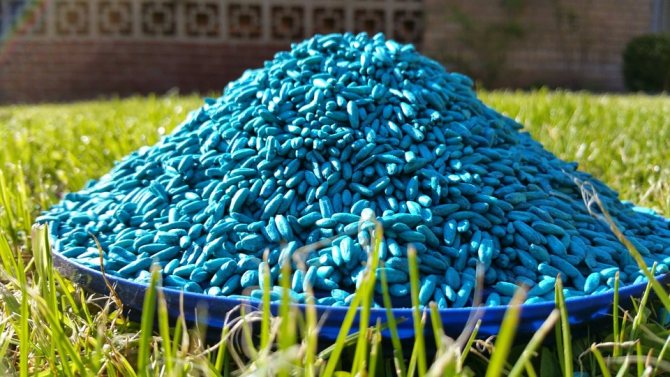

Also, when using chemicals, there is always the possibility of harmful substances entering the soil, so try to choose the outskirts of the territory.
In addition, there is one significant drawback - after the persecution, dead rodents can be found almost anywhere. They will smell unpleasant and attract insects.
We destroy rats with rat traps
In general, rat traps can also pose some danger to pets and children. For example, a conventional crusher (usually called a mousetrap) has a spring so strong that a brace can break a cat's paw or a child's toe. In any case, the injury from falling into such a trap will be very severe. However, this problem is solved by using a bait box - a rat trap is installed in it, the box is closed, and no one, except rats, can touch the trap.
It is also useful to read: How to catch a rat in the house: the most effective ways
And in those places where neither children, nor a cat and a dog will find a rat trap, it can be installed openly.
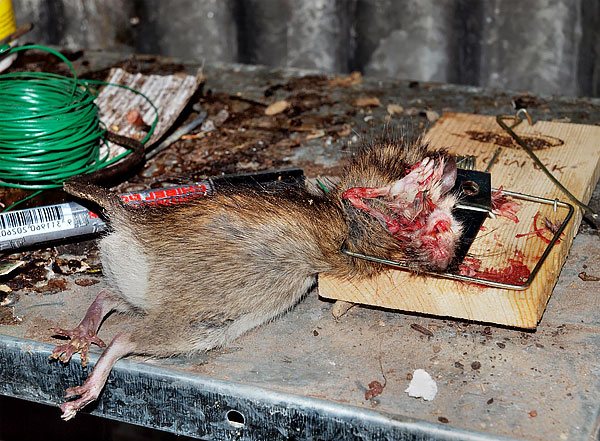

Most often at home for catching rats, the simplest versions of the rat-crusher are used. They are easy to use, inexpensive (cost about 100 rubles) and very durable: with one trap, it happens that several generations of house owners catch rats.
A more modern analogue of the crusher is the SuperCat rodent trap, which works on the same principle, but is more expensive.
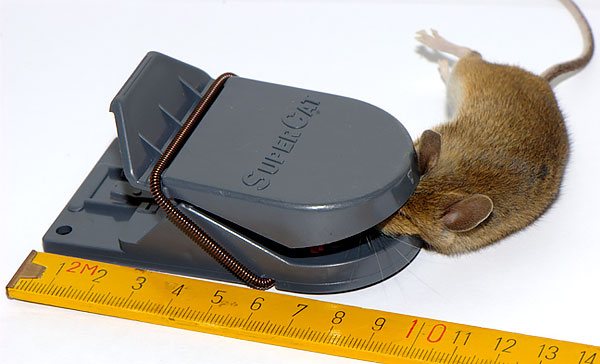

In addition, battery-powered electric rat traps have recently become more and more popular - effective, safe and automatically not only killing rats, but also putting them in a separate compartment (for the most expensive models) and informing the owner about the capture of the pest.
On a note
There are also glue traps and simple rodent glue that you can apply to a piece of cardboard to create a homemade glue trap. Disadvantages of this method: if a pet gets into the glue, then it will have to be cut, and in some cases the clothes of the "caught" child will only have to be thrown away. In addition, there is an opinion that glue traps are completely inhumane: the animal in them suffers for a long time until it dies of thirst.
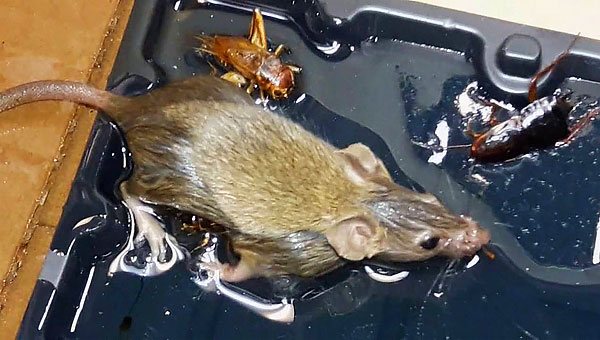

Rat traps are installed where rats are most often. The correct choice of effective bait is also very important, otherwise the animals will bypass the device.
Well suited as bait:
- Food for cats or dogs;
- Smoked sausage;
- Smoked fish;
- Fried lard on a match from one end;
- A crust of bread dipped in vegetable oil.
At the same time, cheese and fruits are not as attractive to rats as meat products.
Professional repeller
Currently, the ultrasonic repeller is very popular. Its action is directed to the psyche of rodents. A certain frequency of sound is not perceptible to humans and pets; it acts on rodents with great force. Devices work from the mains or from batteries. Each model has its own range of influence. Rodents literally go crazy. Several days of his continuous influence, and they will begin to leave the territory.


According to reviews, the devices are quite effective indoors, and they are weaker in open space. Another point - it is not known how far the pests will go. If the repeller is turned off, then they can return.
Prophylaxis
Protecting their possessions from mice, rats, hares is the primary task of the owners of personal plots, vegetable gardens and orchards. First you need to carry out preventive work:
- sprinkle wood ash on garden paths and near-stem circles;
- protect tree trunks (especially young ones) with thin sheets of tin, a fine mesh netting (preferably galvanized) or any other metal mesh. It digs it into the ground to a depth of 10 cm;
- place the compost in iron or plastic containers with tight-fitting lids;
- lay rodent minks with branches of elderberry, tansy or thuja;
- at the end of the autumn field work, try to remove all plant residues in the garden (root crops, cabbage pokers, etc.);
- remove unnecessary things and products in the living room, maintain cleanliness;
- plant repellent plants such as coriander, peppermint, red elderberry on the plot.
Expulsion by folk methods
How can you fight rats in your garden using traditional methods? This approach is based on the fact that the ground rat does not like strong and pungent odors. To quickly evict them from your site, you can use the following methods:
- pour water and ash into the holes;


- place rags in the hole, having previously impregnated them with fuels and lubricants: gasoline, kerosene, oil, grease;
- add kerosene to the dead rat carcass, burn it, and then put it at the entrance to the hole (you can also take the skin of a rabbit or other game);
- you can set fire to rubber near burrows so that smoke and fumes penetrate inside.
In addition, you can use plants. The smell of wormwood, tansy, chamomile, elderberry, hawthorn, mint cannot be tolerated by these creatures. By the way, plants can be used for prevention purposes. You can plant mint, chamomile among the beds.
Catching rats alive
You can catch a rat with a trap that will not cause any harm to the animal. There are many designs of such rat traps, and, perhaps, the most common of them is a cage with a door that slams shut when the animal tries to pull off the bait.
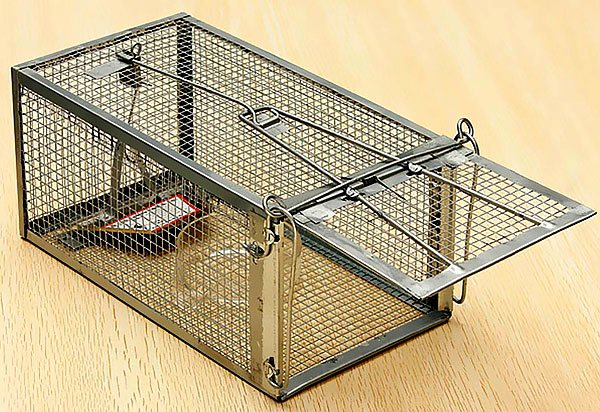

Such devices (live traps) do not pose any danger to people and animals, and their main disadvantages are their cumbersomeness and the need to do something with the rat after being caught. This need does not arise during the operation of the trap - it kills the rodent itself, the corpse of which is simply enough to throw out along with the garbage.
A live rodent will either have to be killed on its own, or carried a long distance from home (at least a kilometer) and released. Alternatively, the prey can be given to the cat, but many modern cats themselves are panicky afraid of rats.
Live traps are installed in the same places as traps, charged with the same baits.
It should be noted that catching rats with live traps does not imply the obligatory purchase of an industrial device. You can also fight pests in a private house with the help of improvised means, and often this method turns out to be even simpler and more effective.

